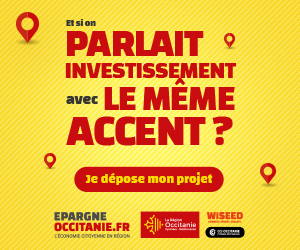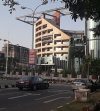The authorities of the EAC zone are stepping up measures and reforms with a view to further strengthening the commercial dynamism of the region. These reforms are proving effective and intra-regional trade has been on the rise for at least three consecutive years.
Trade within the East African Community (EAC) reached $10.17 billion in September 2022. The information comes from an EAC press release on Thursday January 12 on its website.
According to the organisation’s Secretary General, Peter Mathuki, this increase is mainly due to “the political goodwill of the members of the EAC Heads of State Summit and the easing of Covid-19 restrictions in the region”. Among the policy measures, the briefing note indicates the elimination of many non-tariff barriers (NTBs) that hampered intra-regional trade.
“257 non-tariff barriers have been eliminated cumulatively since 2007. This goes hand in hand with the bloc’s objective of increasing intra-regional trade volumes […] Since July 1, 2022, imports of products available locally in region, such as meat, furniture and textiles, are subject to a 35% tariff. This measure aims to promote local production, the creation of added value and industrialization,” the official explained.
The Community has also adopted a common external tariff (TEC) of 35% applicable to all products imported from the region. Moreover, still with the aim of further boosting intra-regional trade, the EAC official revealed that the bloc will have a single currency within the next four years. A decision of the Council of Ministers is also expected to this effect, as to the “location of the East African Monetary Institute, precursor of the East African Central Bank which will issue the single currency”.
The trade performance of the EAC, for this year 2022, represents a share of 20% of intra-trade in world trade. The zone’s trade curve has been on an upward trajectory since at least 2019. In that year, import-export in the seven EAC partner states reached a value of $7.1 billion, or 13% of intra-trade in global trade, before increasing to 15% in 2021 for a value of $9.5 billion.
Under its regional integration policy, Dr. Mathuki indicated that Somalia’s membership of the Community was under consideration. According to the official, “the long route of the Indian Ocean and the Red Sea, which connects Africa to the Arabian Peninsula” is a dynamic economic zone which “will bring immense benefits to the EAC”.
“The exploitation of Somalia’s blue economy resources, such as fish, and the expanse of its coastline are also expected to boost the regional economy,” he said.




















Réagissez à cet article